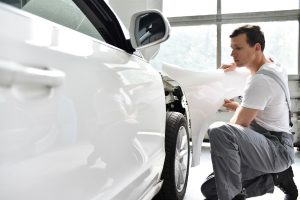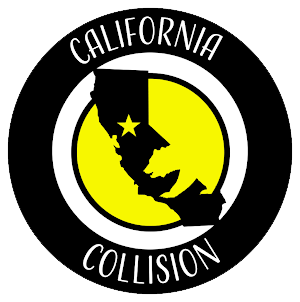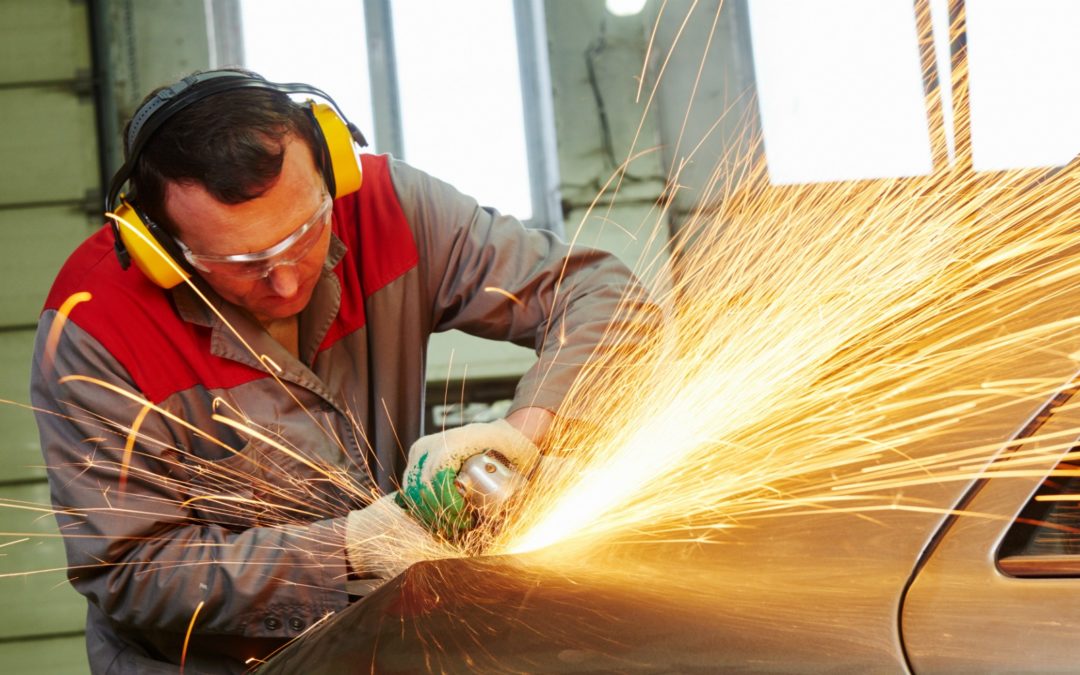If you haven’t experienced a vehicular accident before, the entire process of collision repair can be quite confusing—and overwhelming. Although a lot of customers don’t care for the technicalities and just want to see the final result, having a clear understanding of the typical collision repair process is important.
Aside from taking some mystery out of the process, knowing what goes into a collision repair job gives you a better understanding of the time, labor, and costs involved in restoring a car back to its original, pre-accident state.
Since the specifics vary from one body shop to another, below are a few basic steps that serve as a general guideline of what you can expect when your car is being repaired.
1. Estimate
The process of collision repair starts with an inspection of your vehicle. It will be done by an estimator at the body shop where the repair will take place. After the paperwork is finished and the result of the inspection is produced, photos of the car will be taken. All the necessary information will then be forwarded to the insurance company and the customer.
2. Disassembly
In this step, your insurance provider can make a request for the teardown of the vehicle. The request is done to make sure all damages are accurately documented and find out if the vehicle should still be repaired. Once the customer and insurance company have provided authorization for the repair, the auto body shop can now order the necessary parts.
3. Repair
 During the collision repair process, an electronic measuring system analyzes the car to restore it according to the factory specifications. This is an important step as it ensures the car frame remains structurally sound. If needed, wheel alignment and other suspension repairs will be done. All mechanical repairs should be completed along with the structural repairs.
During the collision repair process, an electronic measuring system analyzes the car to restore it according to the factory specifications. This is an important step as it ensures the car frame remains structurally sound. If needed, wheel alignment and other suspension repairs will be done. All mechanical repairs should be completed along with the structural repairs.
4. Paint Prep
Paint preparation is a crucial step in the refinishing process of all types of vehicles. The body shop will prepare all panels for painting before priming and sealing. This creates better adhesion when the top color and additional clear coating are applied to your car.
5. Reassembly
In the reassembly area, all detail pieces and final moldings are returned to the vehicle. All the systems in the car are also inspected during this step. Once your car reaches this stage, it means the repair is almost finished and the car is almost ready to be delivered to the client.
6. Quality Control Inspection
The vehicle gets a wash and thorough interior cleaning once all parts have been reinstalled. Surfaces are cleaned and the body paint is polished. In addition to doing a physical inspection, the body shop personnel will also test drive your car. This is to make sure that there are no driving problems that may be related to the repaired part/s of the vehicle.
7. Delivery
This is the final step in the collision repair process. Once the client arrives at the shop to pick up their car, the final paperwork is released and the bill is explained. The customer then drives home in the car that has been returned to its pre-accident state.
Are you looking for a top-notch collision repair shop in California? Don’t hesitate to call us now. Our friendly team of experts is ready to answer any questions you may have about our services. We look forward to hearing from you!

